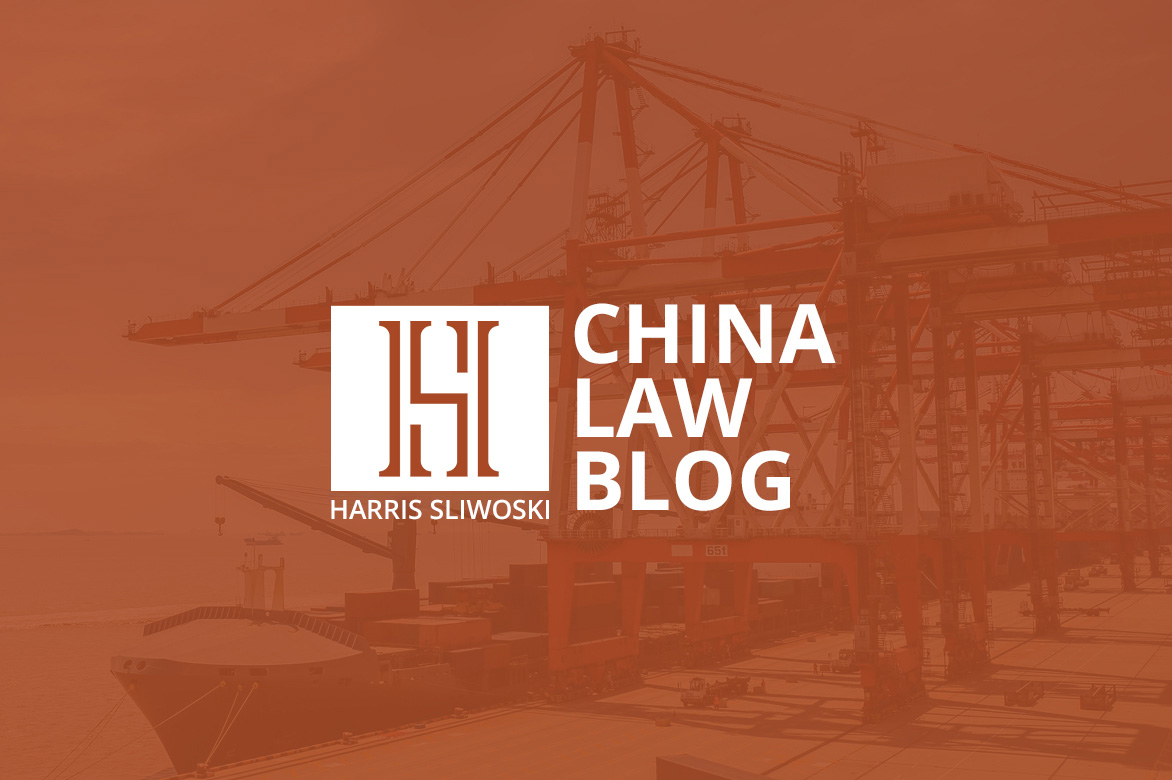By: David Alexander*
When I landed in Ho Chi Minh City on March 1, 2016 it was 3AM and I was grateful the pre-arranged driver was there to collect me. I hadn’t planned on it taking four hours to fly from Shanghai. Like many, I assumed anything in SE Asia was just a short commute from China. After only a quick sleep we had to hit the ground running. My long time colleague, Paul Stepanek and I had to make our first factory visit of the day by 9AM. Seeing the morning rush of tens of thousands of motor scooters — a third of which had children in tow — was mesmerizing as lanes merged in and out of patterns like schools of fish shifting direction.
It was only eight months until the US presidential election and the Trump rhetoric machine was in full throttle. We had been discussing with clients for the better part of two years how we would need to begin strategizing on alternatives to sourcing in China. Just in case. We knew first hand just how long each product/project took to perfect and refine with even a mature and well developed manufacturing base. Vietnam would take longer and time was of the essence.
I am seeing the following three schools of thought for those currently manufacturing in China.
Status Quo-ish: These are the companies just thinking about leaving China. It’s business as normal for today with no real strategy or game plan. These clients have a long runway before getting anything tangible accomplished. Their leaving China may take 2-3 years, depending on the breadth and complexity of their product mix.
In Flight: These are the companies that have been engaged since the beginning of 2020 in seeking to move away from having all their manufacturing eggs in the China basket. Most of these have another 9-18 months until they are diversified or out of China entirely.
Landed: These are the companies that began pursuing an alternative supply base by mid-2019 and they have either moved part or all of their manufacturing to a country (or countries) other than China or re-shored their manufacturing to their home countries. These clients control their own destinies and are actively working on new product development.
Even China suppliers are making moves.
President Trump’s first round of tariffs on $50 Billion of goods in mid 2018 prompted a response by many China suppliers to pick up and move their manufacturing out of China. Many broke ground on their own dedicated factories outside China, spending millions of dollars to avoid tariffs. The bike industry is a good example. Provisional anti-dumping tariffs of 20-80% applied not only to exports to the United States, but to European as well because of their aluminum components. Mass quantities of bike production were quickly moved out of China by the end of 2018.
In my experience, companies that focus more on their product branding than on product manufacturing often do not fully understand the time and expense incurred by their Chinese suppliers to move their manufacturing out of China. These moves almost invariably take months of materials planning, price negotiation and lead times. Moving existing tooling and equipment to a foreign country only adds to the time required.
Going it alone.
Let’s say you decide to move a sizable portion of your manufacturing from your existing China manufacturer. Does your company have a full accounting of its capital purchases (tooling, molds, equipment) made in China over the years? Do you have any financial obligations to current suppliers for amortization schedules on specific volumes? How will you convince your existing supplier to seamlessly assist with transferring these assets? Do you have an employee(s) on the ground who can manage and monitor such a project? Do you have a contract that makes clear those assets actually belong to you? Have you budgeted for all new investments in these categories?
Timing
Any time you manufacture a product for the first-time, proper planning and timing should be given to the following:
Factory identification, verification, qualification In person factory audits, Drawings—conversion to local language, review for design gaps, Q&A on materials Pricing negotiation Sampling and first article of inspection Pilot runs Production
For the foreseeable future, non Chinese nationals cannot even travel to Asia and even they face quarantine, depending on the country they are visiting. What’s hard to digest at this crucial and historical juncture is the compounding of the coronavirus with all-time lows in US-China relations and major tensions between the EU and China as well. Zoom meetings and the internet are not enough. There is a long runway ahead.
Next up
Choosing new suppliers.
* This post is the first in what will be a series of posts by David Alexander. I asked David to write these posts because our law firm and David’s company have worked together on various international projects and I felt David would provide a good and practical perspective on what is happening with international supply chains today. David and his company, Baysource Global have been leading contract manufacturing and supply chain projects in Asia since 2005, working with leading brands on strategic sourcing, vendor management, QA/QC, and overall Asia supply chain strategies.
























